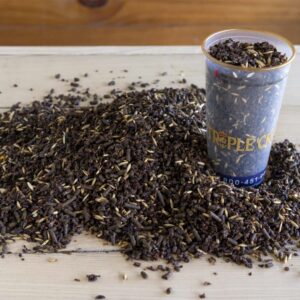 This month, Triple Crown Feeds shared some tips for storing and using their products correctly, specifically during Summer:
This month, Triple Crown Feeds shared some tips for storing and using their products correctly, specifically during Summer:
- Buy smaller quantities more frequently to reduce sit time.
- Be sure to always feed older bags first.
- Store bags off the ground in a cool, dark location away from direct sunlight and weather exposure.
- Always inspect your feed, forages and supplements at each feeding!
We thought it might be nice to go over the basics for all of your animals’ feed.
As an animal owner, you know the importance of providing your animals with the best possible nutrition. That’s why you take the time to research and choose the right feed. However, all that effort will be for nothing if the feed is not stored properly. Proper storage is essential to keeping your animal feed fresh and protecting it from pests and other contaminants. Here are some tips to help you store your animal feed properly.
Store In A Cool, Dry Place Away From Direct Sunlight
One of the best ways to keep your animal feed fresh is to store it in a cool, dry place. Exposure to sunlight, heat, and moisture can cause the feed to go bad quickly. When selecting a storage area, choose a location that is away from direct sunlight and where air circulation is good.
Keep Bags Of Feed Sealed Tightly
Before storing the feed, make sure to seal the bags tightly. This will keep insects and critters away from the feed and prevent air and moisture from getting inside. Use a clip or seal that is strong enough to keep the bag closed for good measure.
Use Metal Containers To Store Feed, Especially In Areas With Rodents
If you live in an area with rodents, consider storing your animal feed in metal containers. Rats and other rodents can chew through plastic bags quickly and easily, so it’s best to store your feed in a container with a tight-fitting lid that they can’t nibble their way into.
Inspect Bags Of Feed Before Use
Make sure to inspect each bag of feed before you use it. Check for any signs of damage or pests inside the bag. Be sure to discard any bags that look suspicious or if you find pests. If the feed smells off or has a strange odor, it is better not to take any risks and discard it.
Rotate The Feed
Rotation of feed will make sure the feed is always fresh. Use the oldest feed first and keep the newer one in the back. Make sure the feed doesn’t sit in storage past the expiration date. Storing expired feed can be harmful to your animal’s health.
Proper storage of animal feed is essential for keeping your animals healthy and happy. By following these tips, you can help prolong the shelf life of your animal feed and ensure that your animals get the best possible nutrition. Remember, take the time to store your animal feed properly today, for the health and well-being of your animals tomorrow.
Now that you’ve read the Tips for Storing Your Animal Feed Properly, check out Kissimmee Valley Feed’s animal products here.





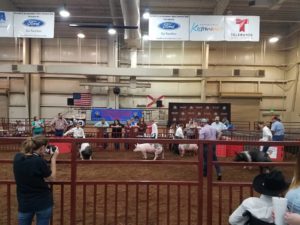 Getting Started Showing: There are many factors that will insure a positive and rewarding result from a show project, but there is no arguing the importance of a proper, hassle free start. Here are 5 very important items to insure the opportunity for a positive start.
Getting Started Showing: There are many factors that will insure a positive and rewarding result from a show project, but there is no arguing the importance of a proper, hassle free start. Here are 5 very important items to insure the opportunity for a positive start.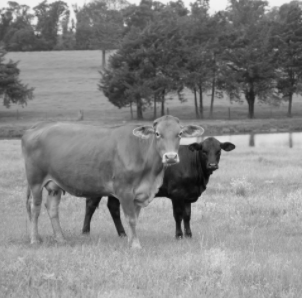 Water, shade and the right nutrition can help mitigate heat stress in cattle.
Water, shade and the right nutrition can help mitigate heat stress in cattle.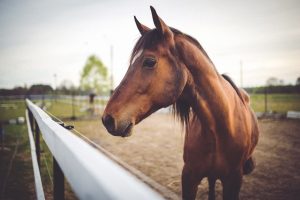
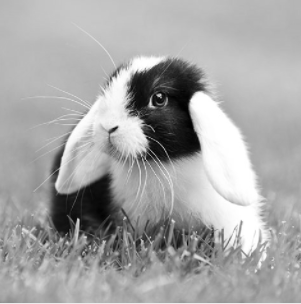 Prepare Your Rabbits for Changing Seasons: Temperature can have a profound effect on feed intake in rabbits.
Prepare Your Rabbits for Changing Seasons: Temperature can have a profound effect on feed intake in rabbits.